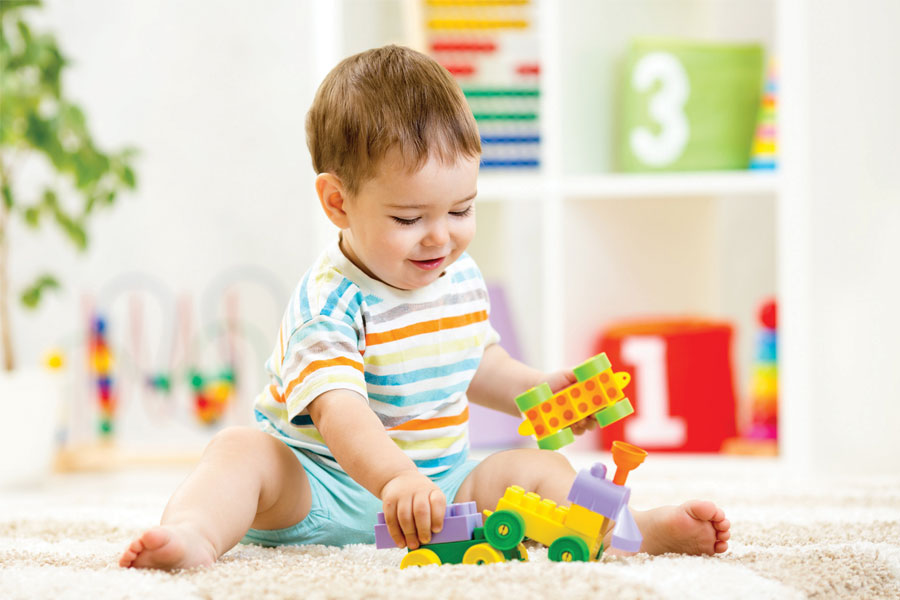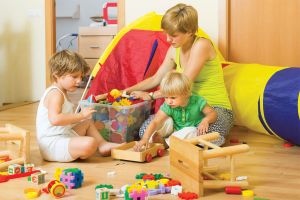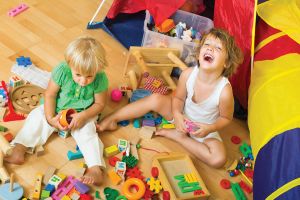Buying more and more toys for our kid/kids seem like a harmless thing. It’s only when they start to show up in every corner of your home – in between furniture, underneath your bed sheets, in the pet poop tray, etc, that you might realise that things are getting out of hand. Like it or not, toys need to be managed too, and here are some pointers for you to play around with, pardon the pun!
Table of Contents
Categorise by preferences
Firstly, determine what is your family’s threshold when it come to the volume of toys in the home? Do you have preferences about what kind of toys your little ones should be playing with? The quality of the toys? The source of them perhaps?
Next, are there any kind of toy you’d rather not have your child play with, but they have somehow penetrated into your home? Addressing these questions will help you take the first step in narrowing down what stays and what has to go.
Let others know where you stand
This may turn out to be the toughest one, for family and friends love to soil and pamper little ones to high heaven, don’t they? Still, do try and communicate your intentions to manage the flow of toys into your home and with some luck, they’ll understand. When birthdays and special events are nearing, let your family know your child already has too more toys than he can play with. If they insist on getting presents, request instead for books. They are a wonderful alternative and are so much more easier to manage than an overflow of toys.
You can also try keeping a wish list at hand, and if anyone asks what should they get for junior’s birthday, for instance, share with them your ideas of the ideal gifts for your child. The outcome is a win-win one – for the giver will feel happy to give you what you asked for and you’ll be glad to keep the flow of toys into your home at a more manageable pace.
Swap & share
Most toys are age-specific in nature and children tend to grow out of them almost as quickly as they grow out of their expensive clothes! Talk with your friends who have little ones the same age about doing some sort of toy sharing or swapping programme.
This way,your friends’ children and yours can play with different toys each week without having to purchase them all. Also, friends with kids who a little older can loan or donate some toys to your child. They can even have the toys back when they have another child.
A place for every toy
Have a few decent size toy bins and ensure that every toy that’s currently being played has a place to be when it’s not being used. You can even use specific storage systems for grouping your child’s toys You’ll know when it’s time to give away some toys when a storage bin can’t accommodate them all neatly anymore.
Encourage your child to put toys away after use
Help your child to be more responsible for his toys and also, to be more aware of what he owns by getting him to put away his toys after playing. Let him get more involved in the decision of what goes where.
Incorporate consequences, if you feel that is necessary.
For example, taking away a toy that doesn’t get put away for a few days might be an effective way to teach them about appreciation. Little ones have a tendency to appreciate a toy that they don’t play with for a while, so if you determine there is too many toys in the bin, but that you don’t necessarily want to get rid of them just yet, put them away for a few weeks or months and reintroduce them. Your child will welcome them as if they were new – works every time!
Access and give away
Every now and then, make it a point to take stock of all your child’s toys – don’t leave out anything. You may involve your child all the way throughout this process. Determine which toys should be kept and which ones are no longer played with.
There are many second-hand shops and stores that will gladly accept clean and gently used toys, so get in the habit of making these types of donations from your stock to keep your child’s toys at a manageable volume and at the same time, let toys that are not played with have more usage in another home.



















